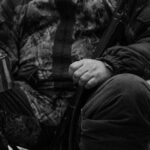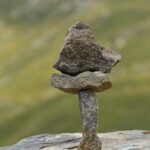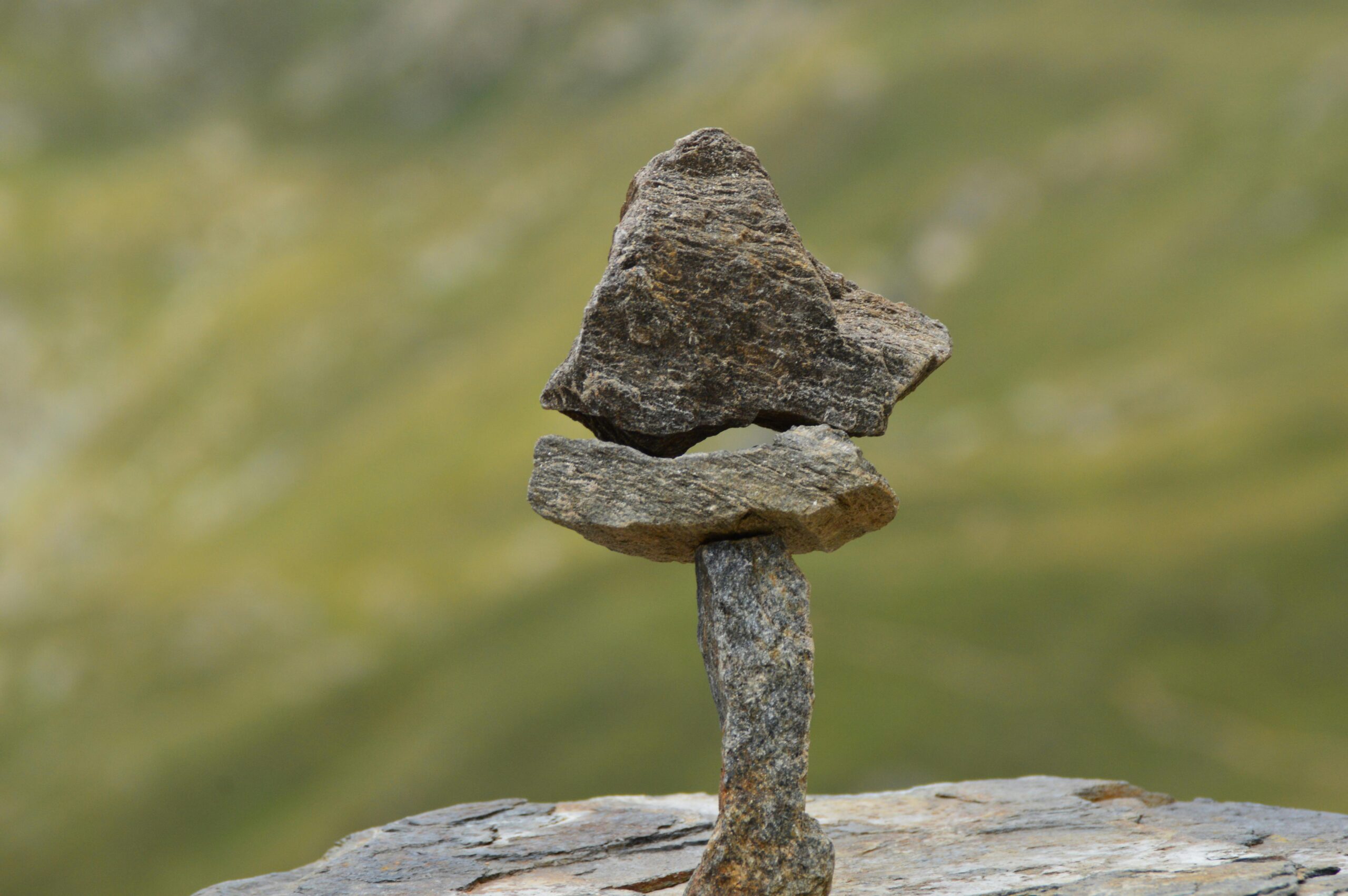Unseen Eyes: How Animal Tracking Tech Is Exposing the Dark Underbelly of Wildlife Crime and Redefining Our Relationship with the Wild
Introduction
In the vast expanse of the wild, a silent revolution is unfolding. Advanced animal tracking technologies are not only exposing the dark underbelly of wildlife crime but also redefining our relationship with the natural world. As a nature photographer and wildlife enthusiast, I am thrilled to explore this fascinating topic and share with you how these technologies are becoming the unseen eyes of conservation efforts.
The Power of Technology in Wildlife Conservation
The use of drones equipped with real-time surveillance capabilities, smart collars with GPS tracking, and camera traps with motion sensors is transforming the way we monitor and protect wildlife populations. These technologies serve not only as tools for monitoring but also as deterrents to poachers, who now know they are being watched.
Key Technologies:
- Drones: Equipped with real-time surveillance capabilities, drones are becoming indispensable in tracking wildlife movements and detecting poaching activities.
- Smart Collars: With GPS tracking, these collars provide valuable data on animal movements and help conservationists identify potential poaching hotspots.
- Camera Traps: Equipped with motion sensors, these traps capture images of wildlife and poachers, providing crucial evidence for law enforcement.
The Impact of Technology on Wildlife Crime
The use of these technologies has led to significant successes in combating wildlife crime. For instance, canine units, or K9 units, have been instrumental in detecting illicit wildlife products with up to a 90% success rate[1]. Additionally, digital platforms like the ‘Garudakshi’ software in India are streamlining the process of reporting wildlife crimes, making it easier for officials to track and prosecute offenders[5].
The Complex Web of Protection and Exploitation
However, the use of these technologies also raises questions about the unintended consequences of scientific research aiding poachers. It is crucial to ensure that these technologies are used responsibly and ethically to protect wildlife and not to exploit them.
Practical Tips for Wildlife Photography
For aspiring photographers, here are some practical tips to capture the beauty of wildlife while respecting their natural habitat:
- Use Telephoto Lenses: To avoid disturbing wildlife, use telephoto lenses to capture images from a distance.
- Be Patient: Wildlife photography requires patience. Spend time observing and waiting for the perfect shot.
- Respect Wildlife: Always respect wildlife and their habitat. Never approach or touch them.
Conclusion
The use of advanced animal tracking technologies is revolutionizing wildlife conservation. As we delve into the world of wildlife surveillance, we uncover a complex web of protection and exploitation, challenging our perceptions of the wild and our place within it. By embracing these technologies responsibly and ethically, we can redefine our relationship with the natural world and inspire a new era in wildlife conservation.
References:
- [1] https://pelorusfoundation.org/supporting-rangers-and-canine-units/
- [3] https://www.conservationfrontlines.org/current-issue-frontline-dispatches/
- [5] https://timesofindia.indiatimes.com/city/bengaluru/garudakshi-software-to-report-wildlife-crime/articleshow/117031903.cms
Social Media Trends:
- Share your wildlife photography experiences and tips on social media using hashtags like #WildlifeConservation and #NaturePhotography.
- Follow conservation organizations and wildlife photographers to stay updated on the latest news and trends in wildlife conservation.
- Participate in photo challenges and contests to raise awareness about wildlife conservation and inspire others to join the cause.
Inspiration:
As we explore the natural world through photography, let us remember the power of our images to inspire and educate. By sharing our passion for wildlife and conservation, we can inspire a new generation of nature lovers and conservationists. So, grab your camera and join the journey to protect and preserve the wild.









